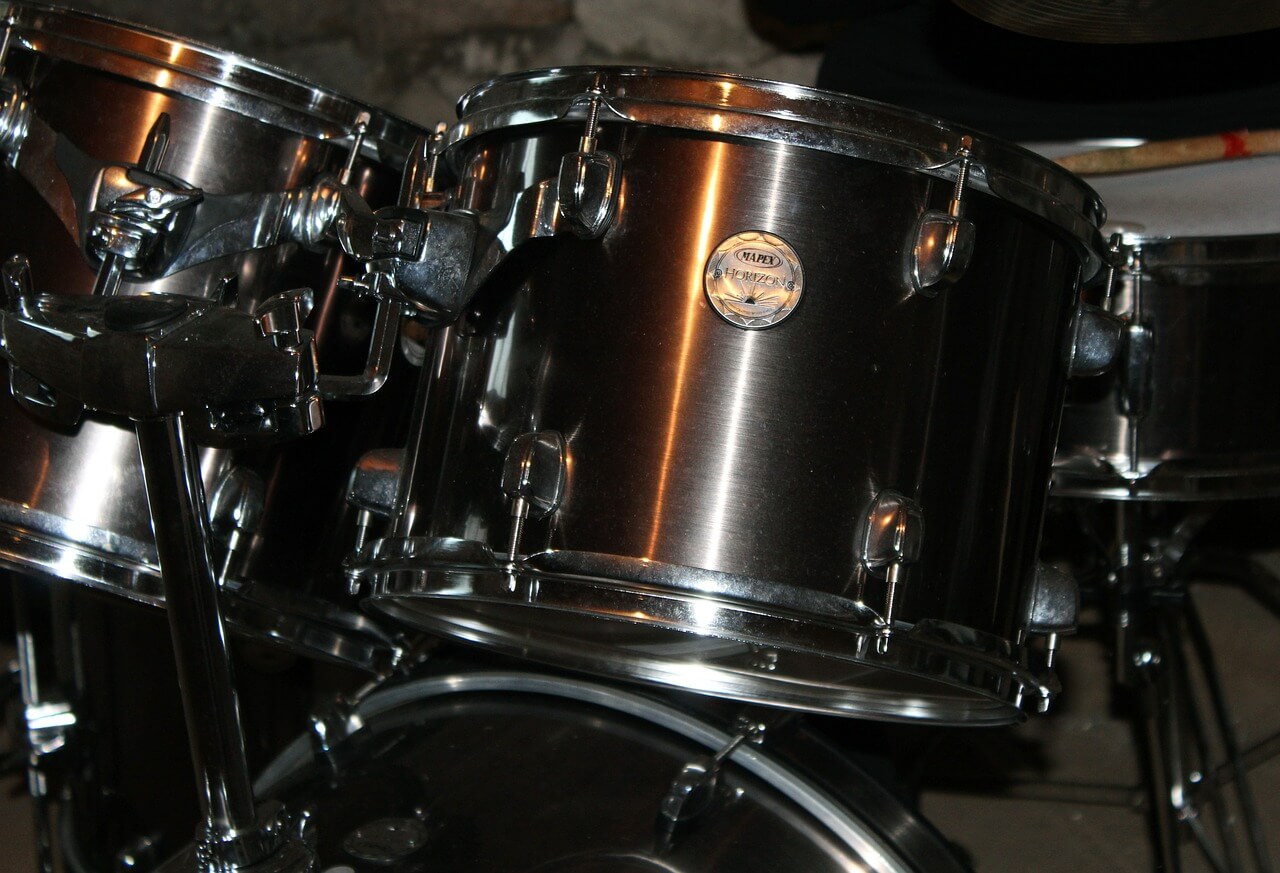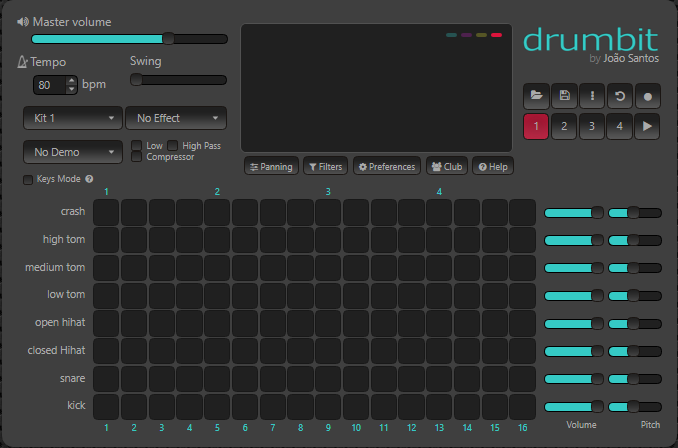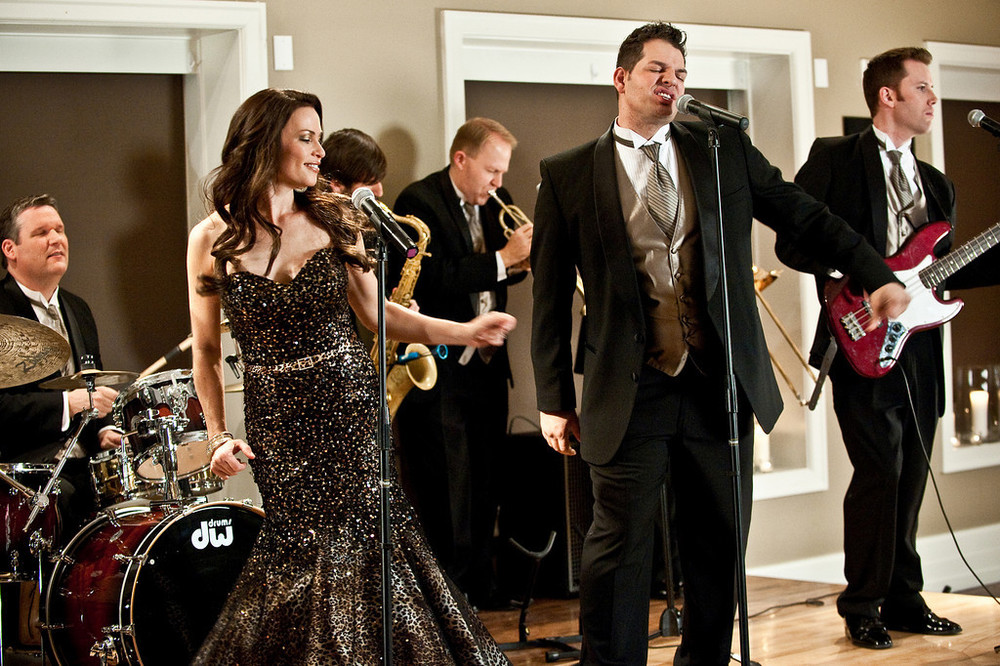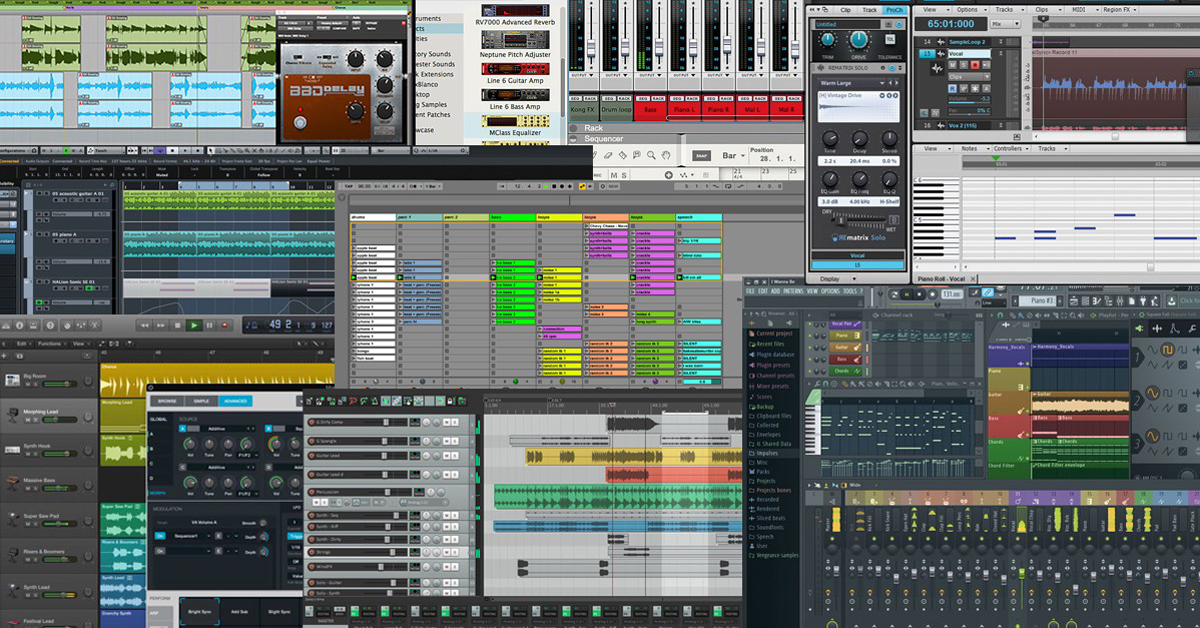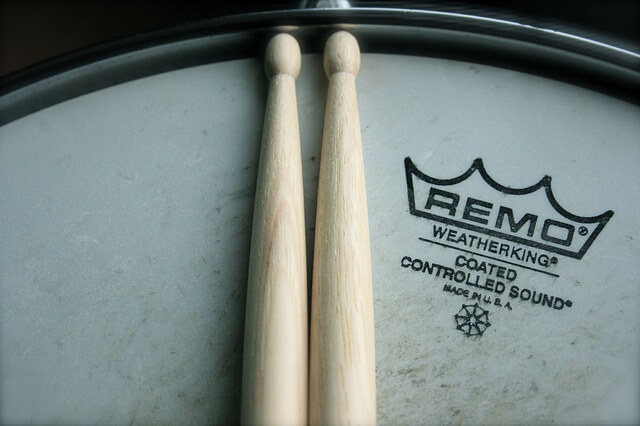Updated on April 4th, 2022
The drummer is the backbone of a band and the drums are the heartbeat to a song. You want your kit to sound perfect, the best way to do this is by mic’ing your drums for the ultimate sound. This might seem harder than it is. Here are 10 tips to get you going.
Tip #1 Isolate Your Kit
The general rule here is: the bigger the room the less isolation your kit needs; the smaller the room the more isolation your kit needs.
It’s a good idea to scope out the room a day before your performance so that you know how much and what kind of isolation you need. Most of the time you will get away with just a drum shield.
Tip #2 Don’t Overdo It
When you record drums in a studio multiple mics are used to just the capture the sound of a snare or a tom.
However, when it comes down to live performance multiple mics can sound very unnatural and cause problems for the guy who’s mixing.
Not only will it cause trouble while mixing, over mic’ing can also cause phase issues and noise issues.
Tip #3 A Mic Per Drum
For the sake of not overdoing it go with one mic per drum and one pair of overheads per kit.
When you play for bigger crowds(1000+) in bigger rooms you can double mic the snare and add a mic on the highat.
Tip #4 It’s All About The Placement
If your kit just isn’t sounding right after you mic’ed it, try moving the mics around. If your snare is missing its bite try bottom mic’ing it instead of top mic’ing.
If your kick isn’t deep enough or lacks tone try placing the mic on the outer port hole. Keep moving them around until you hit the sweet spot. And remember them for next time.
Tip #5 Use High Quality Material
A bunch of cheap mics won’t do the trick, a good pair of overheads will sound better than a cheap pair of mics.
So when you’re going to mic your kit make sure you invest in high quality materials. It’s better to use no mics than crappy ones.
Tip #6 Condenser or Dynamic
When you are mic’ing your kit make sure you only use condenser mics as overheads. When you use condenser mics on drum heads they will pick up indirect sounds and make your set sound crappy.
So the rule here is: use dynamic mics on every other part of the kit and use condenser mics only as overheads.
Tip #7 Choose The Right Mic
There are special mics for every instrument, from guitars to acoustic pianos. The truth is that many of those mics can be used for capturing a lot of other instrumental sounds.
However, this doesn’t count for mics used for drum kits. Drum mics are tuned to record much lower tones that drums produce. It’s therefore smart to buy mics that are especially designed for capturing the drum sound.
Tip #8 Secure Your Mics
It’s easy for a mic to fall off its mount or get hit by accident. Especially when you have just finetuned the placement.
Always double check if your mics are mounted properly and placed out of the danger zone.
Tip #9 Watch Out For Cymbal Bleed
Drummers that over-use the cymbals are likely to cause problems for everyone else on stage. They often dominate the audio spectrum of 5kHz and up, and reduce quality and clarity of everything else.
You can avoid this problem by placing the overheads differently, adding a low pass filter on the overheads or removing the overheads entirely. Or just use less cymbals.
Tip #10 Mix Accordingly
Always mind the way you mix, every mic is created differently and will capture the sound differently. Make sure you mix according to your mic.
Get familiar with the frequency response charts of your mics and read through the documentations.
A great way to get familiar with the charts is by printing them out and checking them out when you’re about to mix.
After successfully applying these 10 tips you will be an expert in mic’ing your drum kit.
However to get the perfect sound it requires some practice, play around with the placement of your mics and make sure you don’t over-mic your set.
We hope you love our reviews! For your information, we do earn money from commission in the link in the content! For more information click here!
